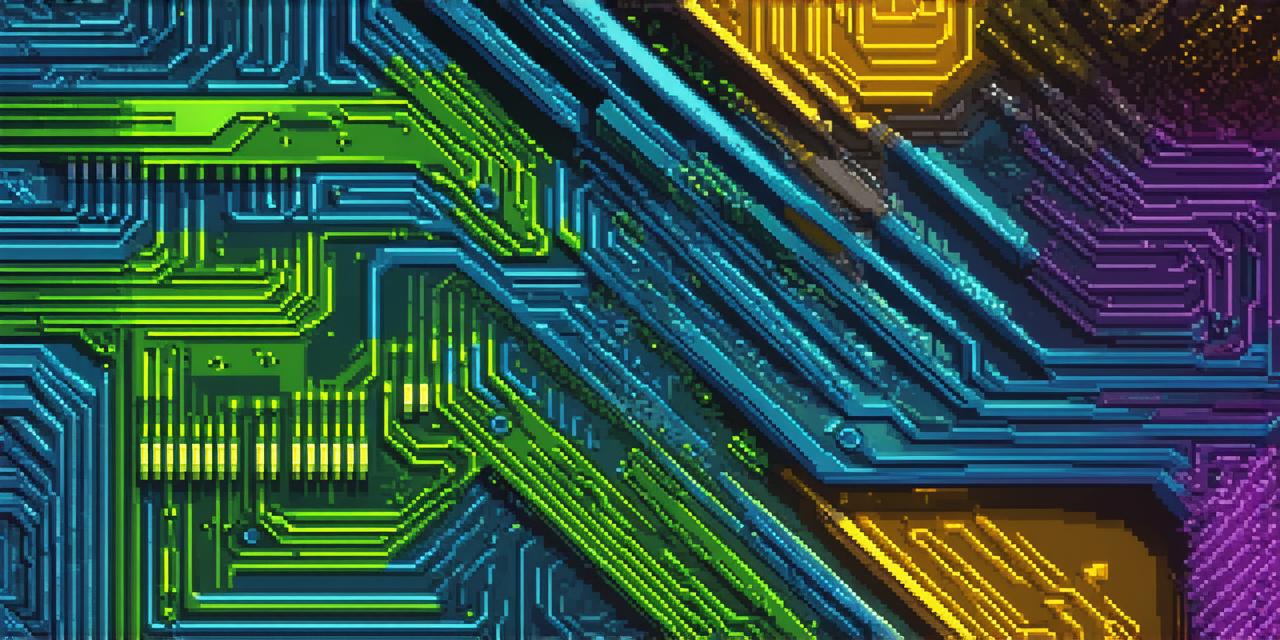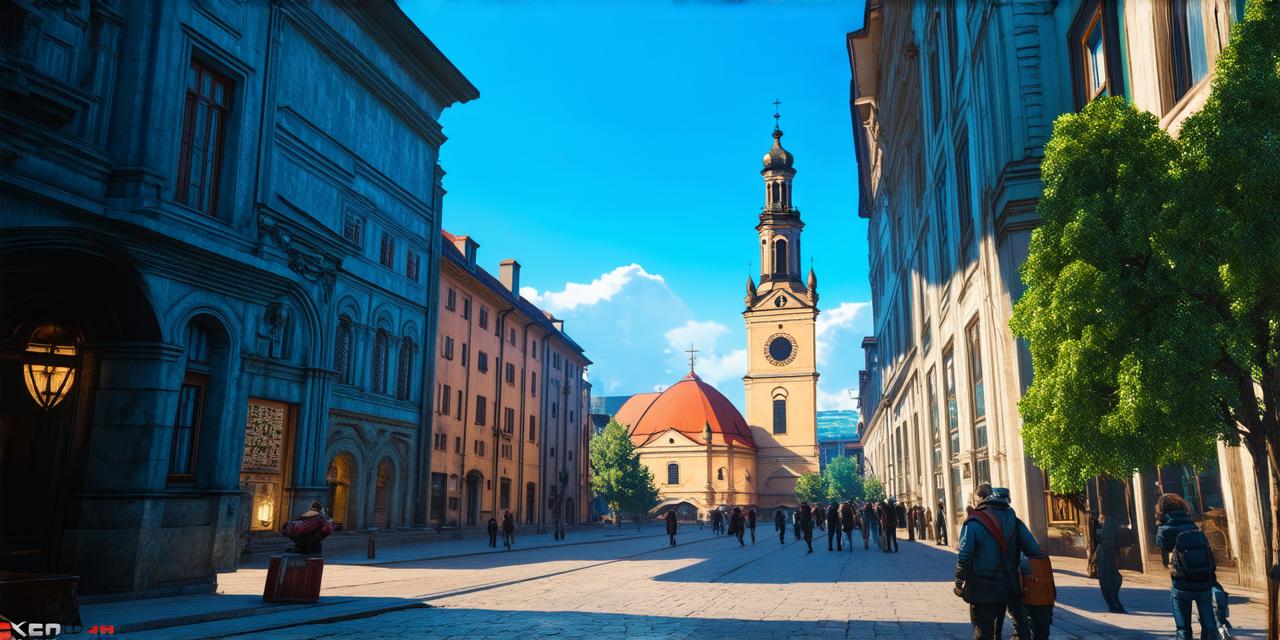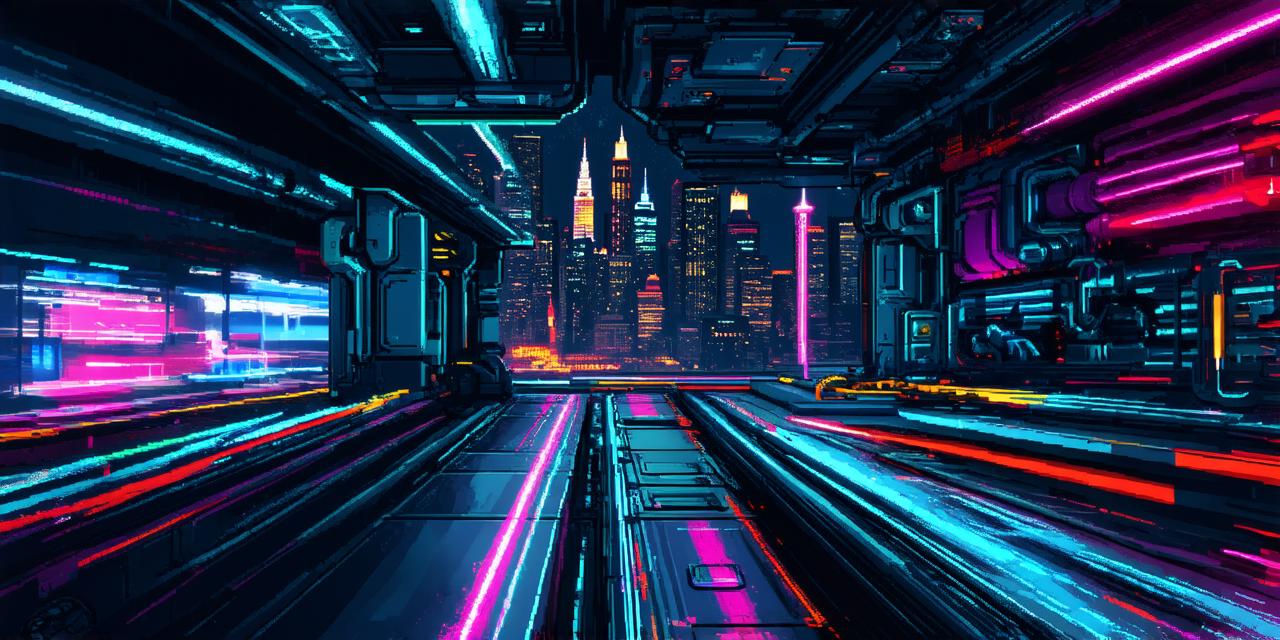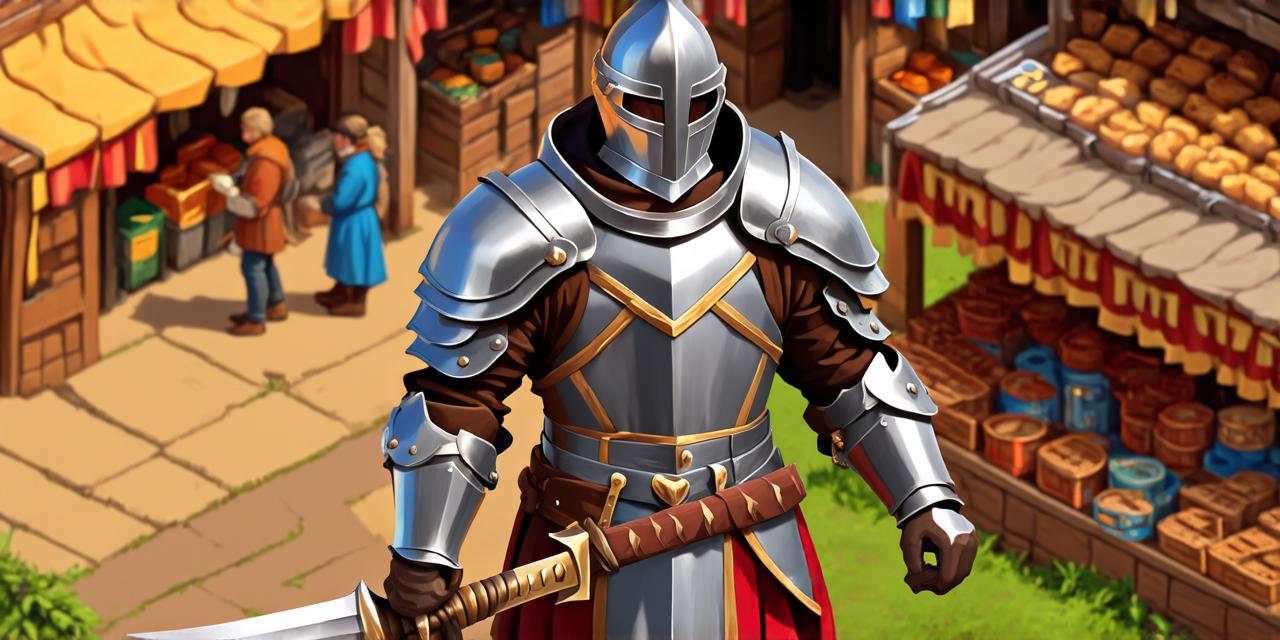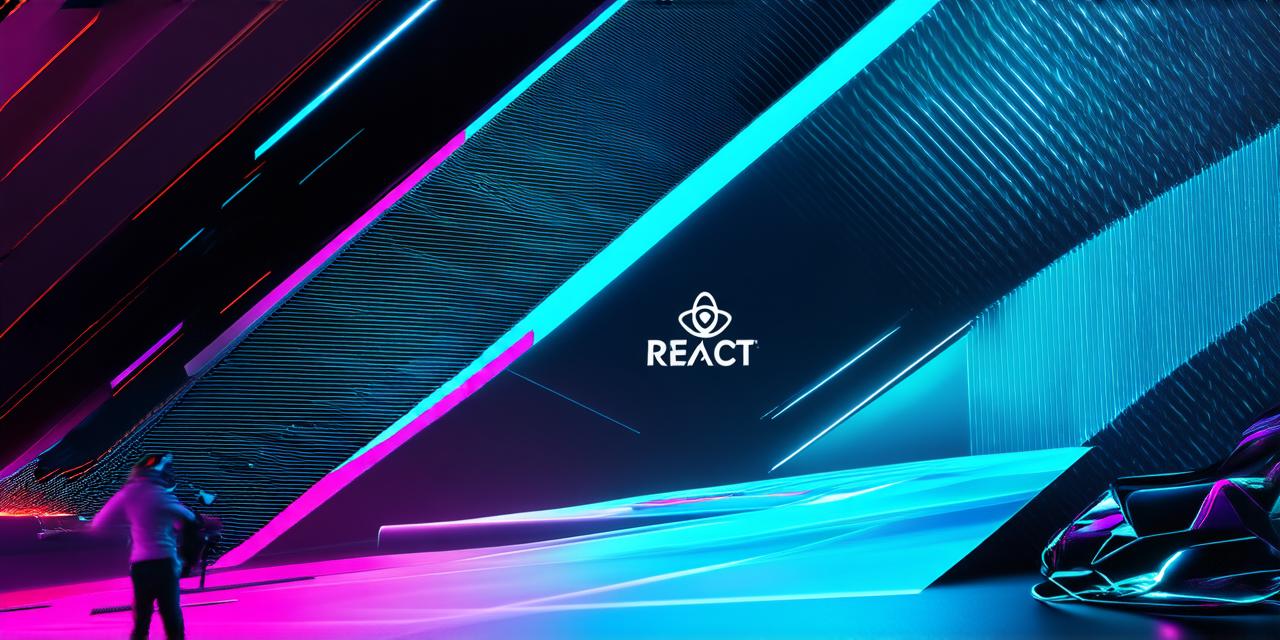Introduction
The world of video games is vast and diverse, with countless developers creating new experiences for players to explore. If you’re interested in learning how to create your own 2D games, then this guide will be a valuable resource. In this article, we will cover everything from the basics of 2D game development to more advanced techniques, helping you master the craft and create engaging games that captivate audiences.
Chapter 1: Understanding the Basics of 2D Game Development
To start building your own 2D games, it’s important to understand the basics of the process. In this section, we will cover everything from game design to programming and art creation.
Game Design
Before you can start coding, you need to have a solid game design in place. This includes deciding on the genre, mechanics, and overall style of your game. It’s important to keep in mind that 2D games are often simpler and more intuitive than their 3D counterparts, which means you need to be creative with how you approach gameplay mechanics.
Programming
Once you have a solid game design in place, it’s time to start coding. There are many different programming languages that can be used for 2D game development, including JavaScript, Python, and C++. It’s important to choose the language that best suits your needs and skill level.
Art Creation
The art of a game is just as important as the code. In a 2D game, this includes creating the sprites, backgrounds, and other visual elements that bring your game to life. There are many different tools and software programs available for creating 2D art, including Adobe Photoshop, GIMP, and Blender.
Chapter 2: Advanced Techniques in 2D Game Development
Now that you have a solid understanding of the basics of 2D game development, it’s time to dive into some more advanced techniques. In this section, we will cover everything from physics engines to particle effects and animation.
Physics Engines
A physics engine is a tool that simulates the physical laws that govern movement in your game. These engines can be used to create realistic and engaging gameplay mechanics, including things like gravity, collisions, and movement. There are many different physics engines available for 2D games, including Box2D, Matter.js, and Phaser.
Particle Effects
Particle effects are visual effects that can be added to your game to add depth and complexity. These effects can include things like explosions, smoke, and other particle-based effects. There are many different tools and software programs available for creating particle effects in 2D games, including Unity, Unreal Engine, and Godot.
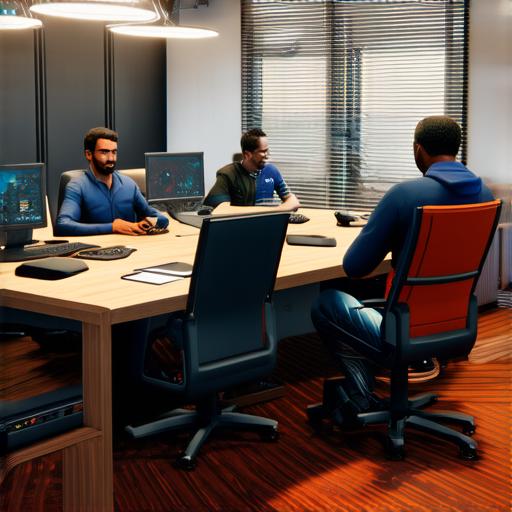
Animation
Animation is an important aspect of game development, as it brings your characters and objects to life. In a 2D game, this includes animating sprites and creating simple animations for things like character movement and object interactions. There are many different tools and software programs available for creating animation in 2D games, including Adobe Animate, Toon Boom Harmony, and Blender.
Chapter 3: Case Studies and Personal Experiences
To help illustrate the concepts covered in this guide, we will look at a few case studies and personal experiences from experienced game developers.
Case Study 1: Super Mario Bros.
Super Mario Bros. is one of the most iconic games of all time, and it was created using a combination of programming and art techniques. The game’s creator, Shigeru Miyamoto, used a custom programming language to create the game’s movement mechanics, while also working with artists to create the game’s visual elements.
Case Study 2: Minecraft
Minecraft is another popular game that was created using a combination of programming and art techniques. The game’s creator, Markus Persson, used a custom programming language called Java to create the game’s mechanics, while also working with artists to create the game’s visual elements.
Personal Experience: Creating My First 2D Game
As a beginner in 2D game development, I started by creating simple games using HTML5 and JavaScript. I began by learning the basics of programming and art creation, and then gradually moved on to more advanced techniques like physics engines and particle effects. It was challenging at first, but with practice and determination, I was able to create my first 2D game.
Conclusion
Mastering 2D game development can be a challenging but rewarding process. By understanding the basics of the craft and learning advanced techniques like physics engines and particle effects, you can create engaging games that captivate audiences. With practice and determination, anyone can become a master of 2D game development.
FAQs:
1. What programming languages are best for 2D game development?
There are many different programming languages that can be used for 2D game development, including JavaScript, Python, and C++. It’s important to choose the language that best suits your needs and skill level.
2. How do I create art for my 2D game?
There are many different tools and software programs available for creating art in 2D games, including Adobe Photoshop, GIMP, and Blender. It’s important to choose the tool that best suits your needs and skill level.
3. What is a physics engine?
A physics engine is a tool that simulates the physical laws that govern movement in your game. These engines can be used to create realistic and engaging gameplay mechanics, including things like gravity, collisions, and movement.
